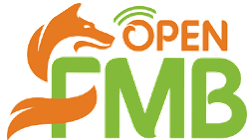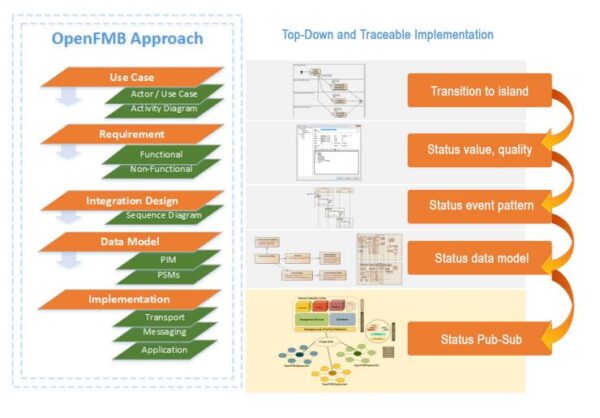 Xtensible has been supporting Duke Energy in the development and implementation of its Distributed Intelligence reference architecture since 2015. This has entailed providing data governance and model management support that covers use cases, semantic models, and physical implementation models. A lot of this work was the basis for what contributed to NIST’s Smart Grid Interoperability Panel in 2015 and later evolved into the Open Field Message Bus (OpenFMB) RMQ.26 standard ratified by the North American Energy Standard Board in 2016.
Xtensible has been supporting Duke Energy in the development and implementation of its Distributed Intelligence reference architecture since 2015. This has entailed providing data governance and model management support that covers use cases, semantic models, and physical implementation models. A lot of this work was the basis for what contributed to NIST’s Smart Grid Interoperability Panel in 2015 and later evolved into the Open Field Message Bus (OpenFMB) RMQ.26 standard ratified by the North American Energy Standard Board in 2016.
In 2018, the UCAIug established the OpenFMB Users Group to help accelerate industry adoption of the standard and organized the first successful OpenFMB plugfest in 2019 that hosted 55 attendees from 25 member companies, including Xtensible and Duke Energy. In 2020, NAESB re-ratified the OpenFMB standard with enhancements to its cybersecurity best practices, platform independent & specific models, publish-subscribe protocols, and the overall interoperability framework. In 2021, UCAIug plans to launch its interoperability testing and certification authority (ITCA) program for OpenFMB certification and Xtensible will continue to support the governance and extensions of the Version 2.0 data model used by the early adopters and the Accredited Test Laboratory for conformance to the OpenFMB standard.
 To date, the OpenFMB data model has been mostly built upon artifacts of IEC 61850 and Common Information Model (CIM), but future extensions leveraging other standards are planned in the near future.
To date, the OpenFMB data model has been mostly built upon artifacts of IEC 61850 and Common Information Model (CIM), but future extensions leveraging other standards are planned in the near future.
Xtensible, led by Shawn Hu, has brought expertise in IEC CIM standards and Unified Modeling Language (UML) to the effort and continues to serve as the UCAIug OpenFMB data model manager and use-case task force co-chair.
The UCAIug OpenFMB user group members, including Xtensible and Duke Energy, are trying to solve the problem of how to coordinate a growing number of disparate grid assets along with Distributed Energy Resources (DERs), such as solar PV systems, batteries, electric vehicles, and controllable loads. The overall concept has the potential to provide ubiquitous situational awareness of all operational grid assets, while also enabling a federated and layered control hierarchy. This new paradigm could also coordinate the scheduling of grid constraints to each relevant controllable device, via secure low-latency communications, fast enough to orchestrate local decisions on a feeder (or microgrid) to mitigate intermittency challenges associated with DERs.
To learn more about OpenFMB, please visit the groups UCA website.
To learn more about how Xtensible can support your company usage of the OpenFMB please contact us.

